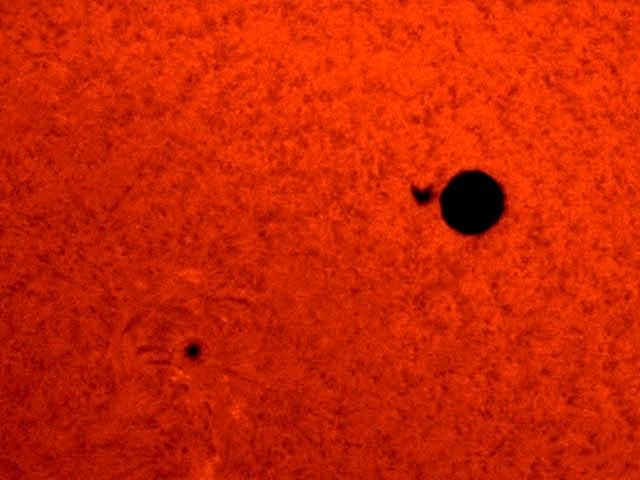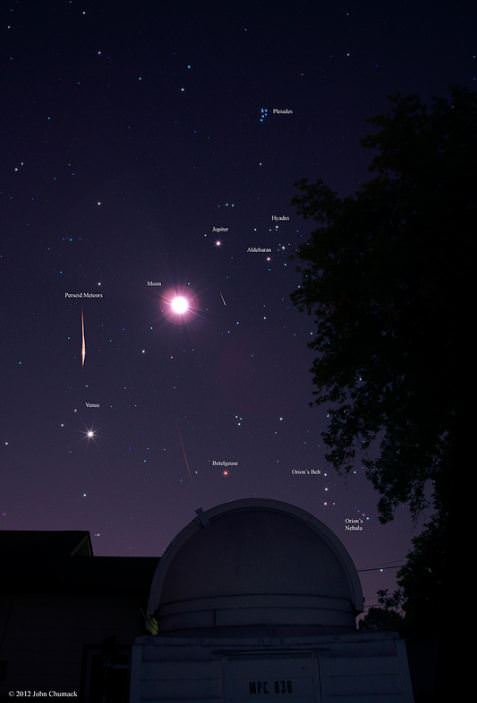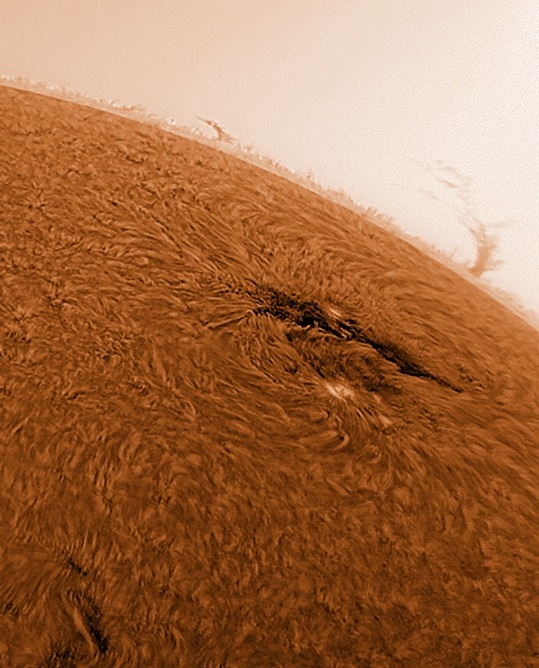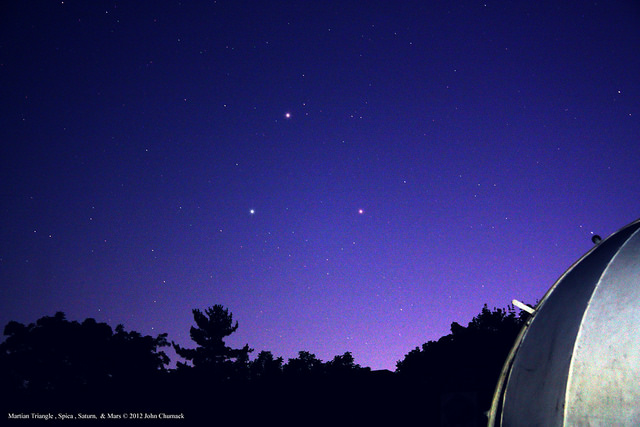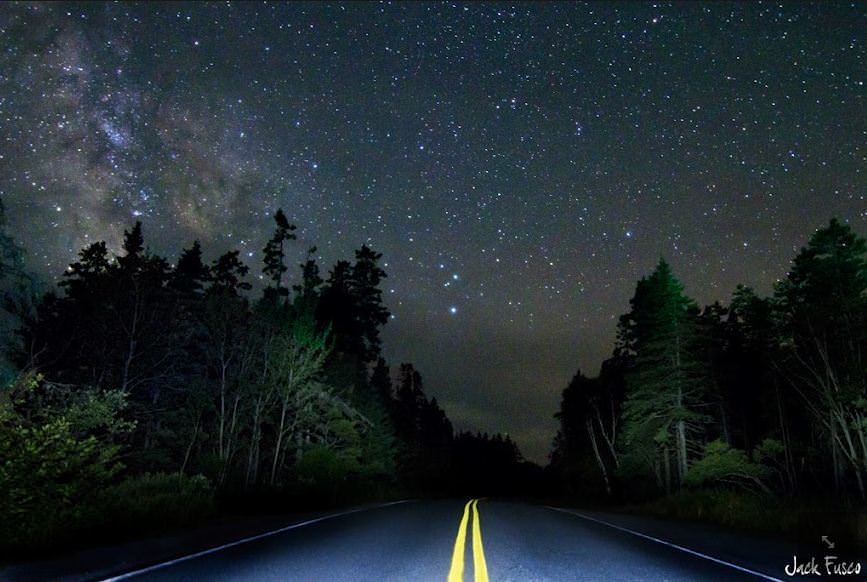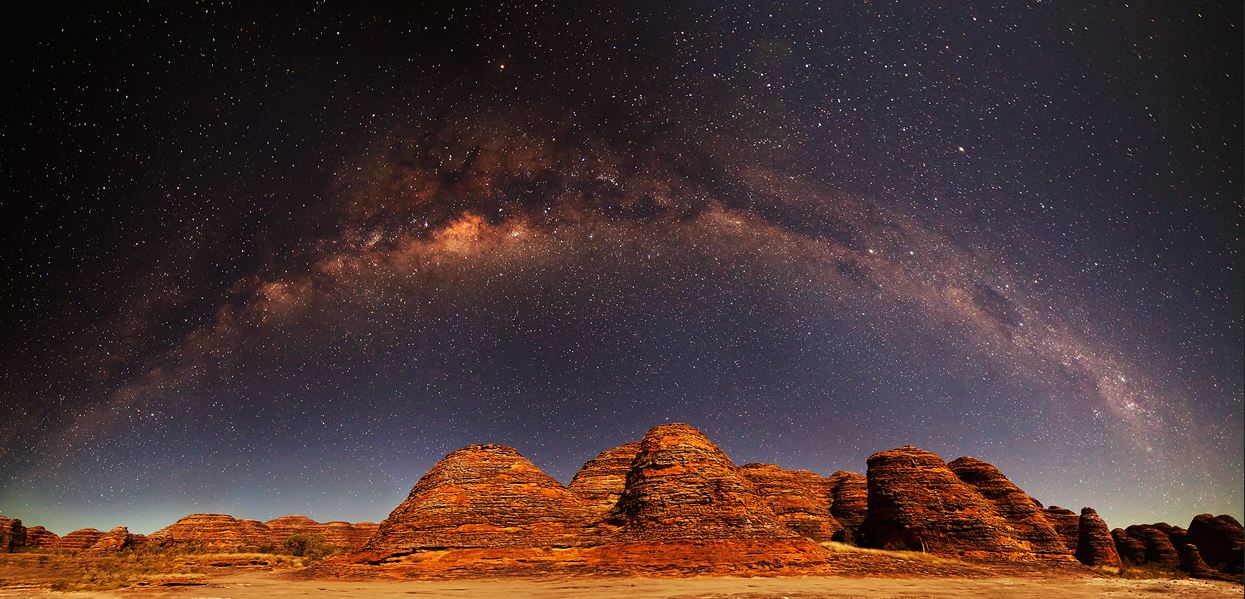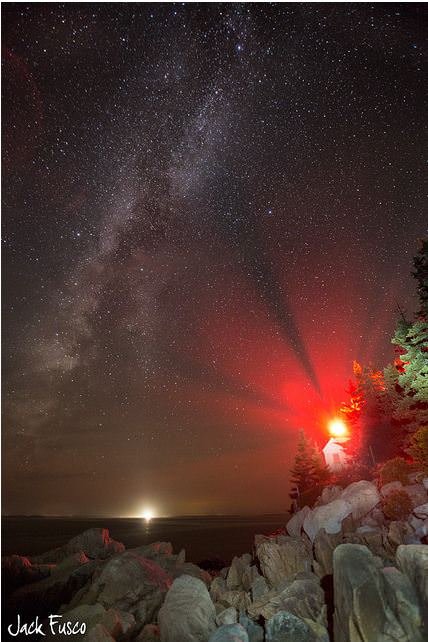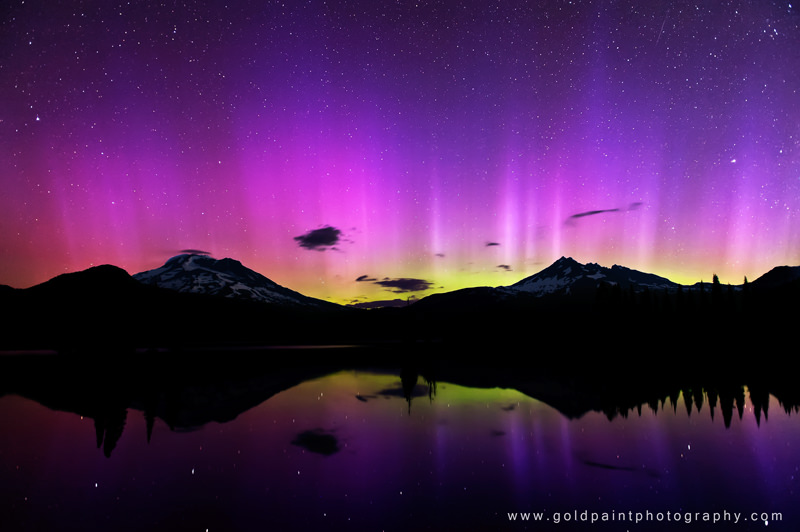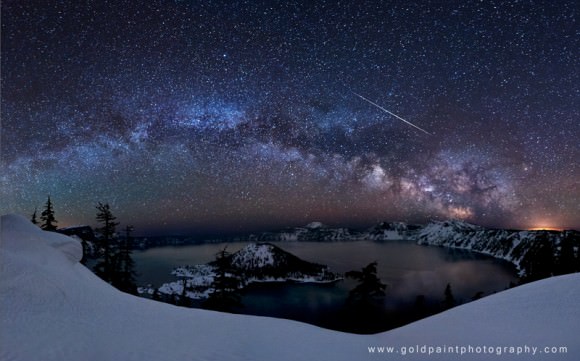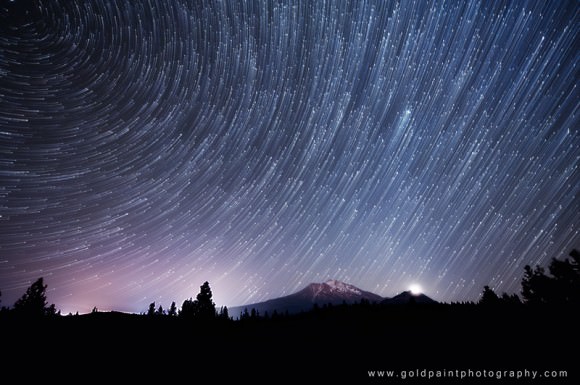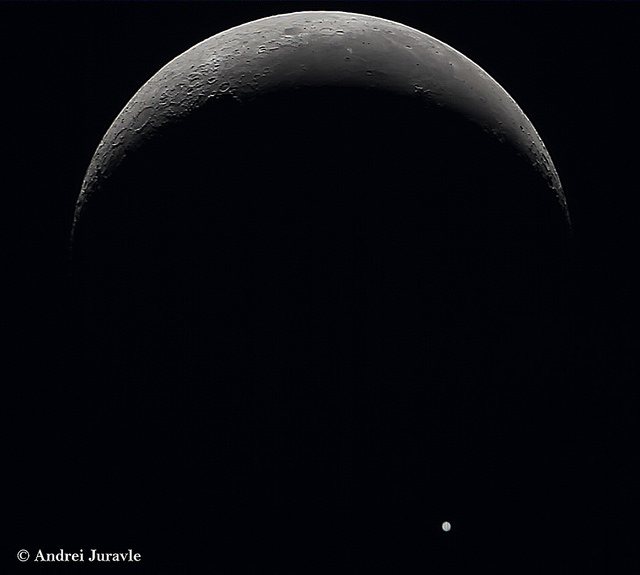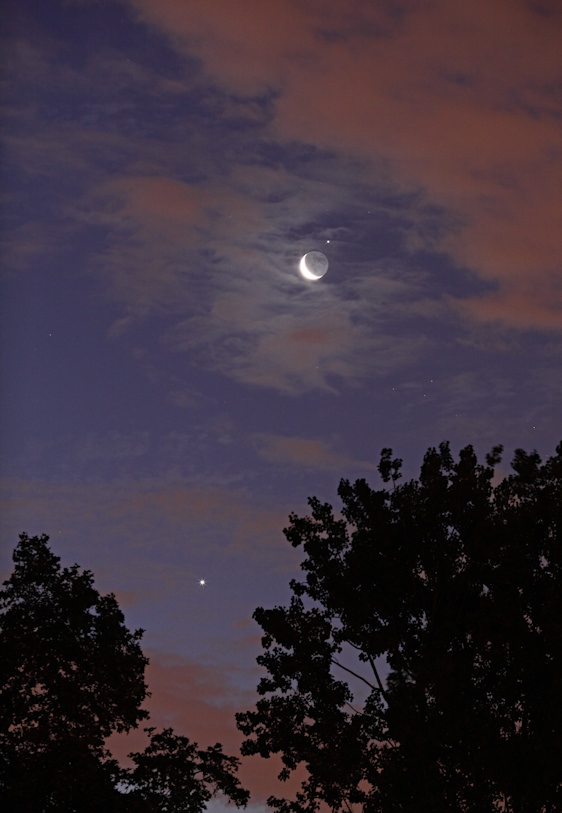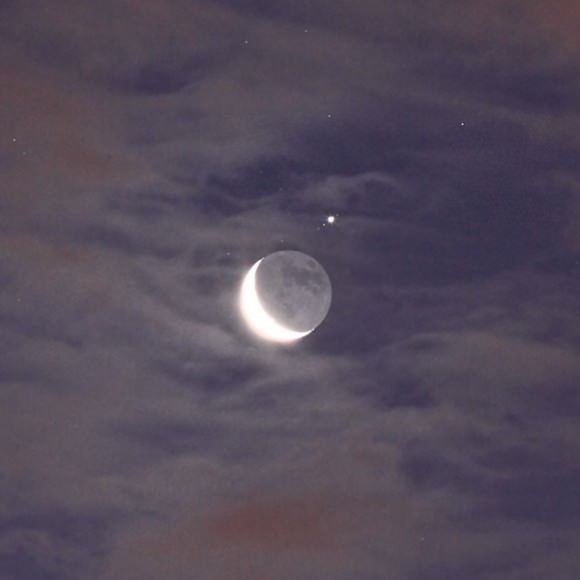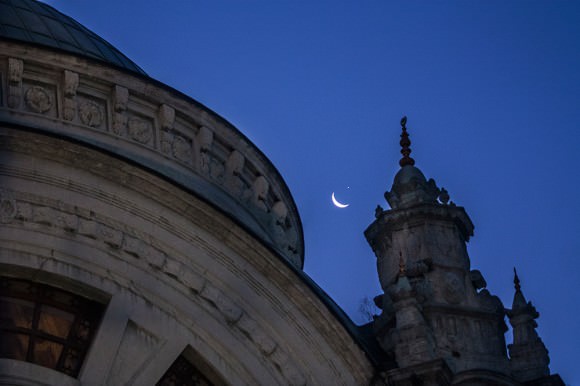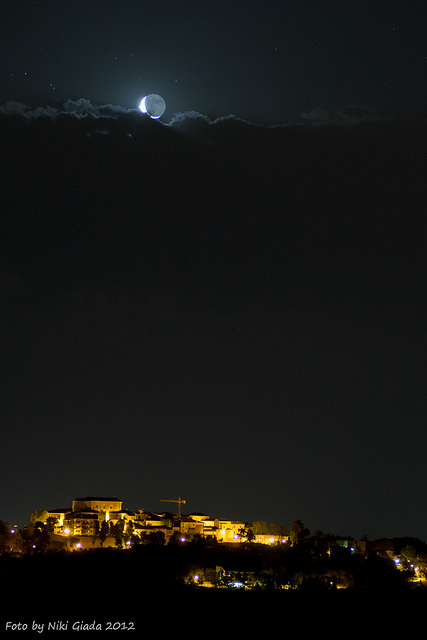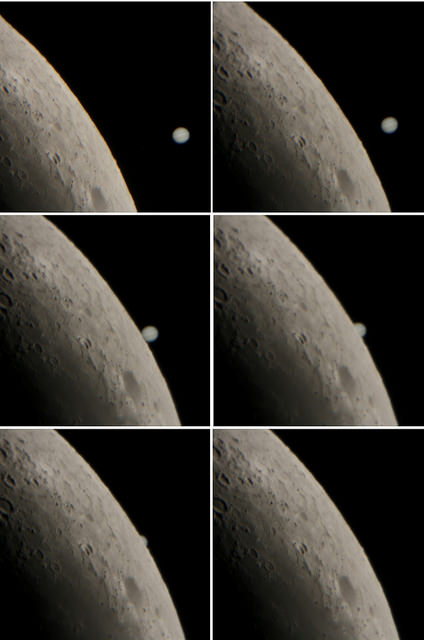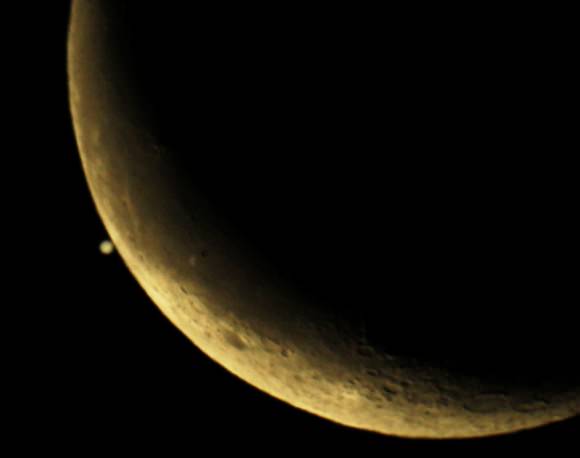Caption: Perseid Meteors with Lunar & Planetary Conjunction on August 12, 2012. Credit: John Chumack.
Here’s some great views of the Perseid Meteor Shower from Universe Today readers around the world. Over the weekend was the peak of the annual meteor shower that never seems to disappoint! We start with one of our “regulars,” John Chumack from his observatory in Yellow Springs, Ohio, USA. But there were also many other objects in John’s field of view, including the waning crescent Moon, Venus, and Orion rising over the observatory dome, the Pleaides, Hyades, and Jupiter, too. John used a odified Canon Rebel Xsi & 17mm lens at F4, ISO 400, and a 20 second exposure. See more of John’s wonderful astrophotos at his Flickr page or at his website, Galactic Images.
More beautiful shots below:
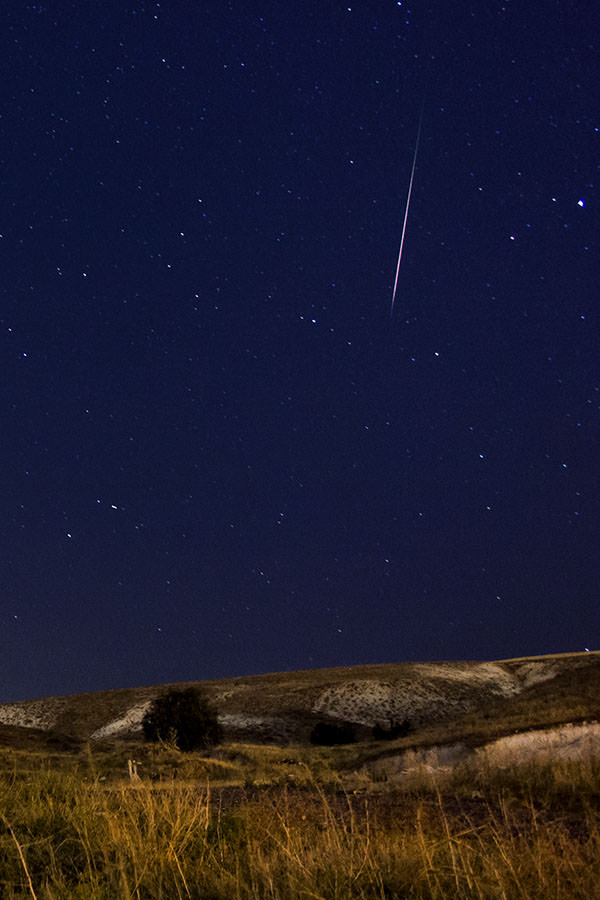
Caption: The Perseids on August 13, 2012. Credit: M. Rasid Tugral from Ankara, Turkey
M. Rasid Tugral from Ankara, Turkey sent in this great image from August 13. Tugral is an accomplished astrophotographer and teaches at the Middle East Technical University in the Department of Physics.
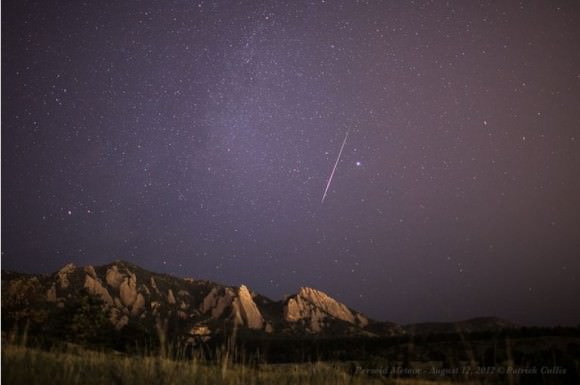
By Patrick Cullis (pcully on Flickr) in Colorado, USA, taken on August 12, 2012 using a Canon EOS 5D Mark II.
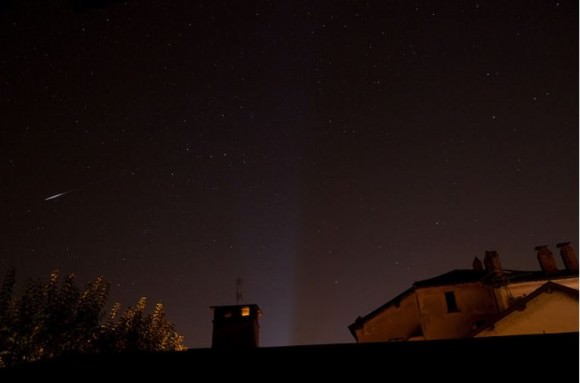
Caption: Perseids on August 9, 2012. Credit: Nu Am (tazacanitu).
Another great shot from August 9, 2012 by Nu Am (tzacanitu on Flickr) “Out of the camera raw, re-dimensioned to 25% and saved as jpg. Canon 50D + Tamron SP AF 17-50mm f/2.8 XR Di II LD IF @17mm, tripod, ISO 400, 30seconds, f/4.”
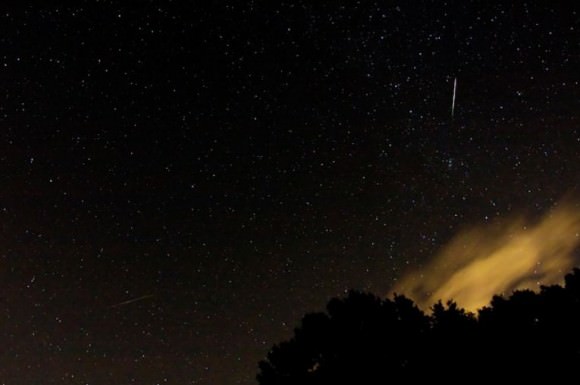
Caption: 2012 Perseids on August 12, 2012. Credit: Kevin Jung.
A lovely capture of two Perseid meteors in one shot by Kevin Jung(Kevin’s Stuff on Flickr). “Two Perseid meteors show up in a 30 second image shot during the night of August 11/morning of August 12,” Kevin wrote from Lowell, Michigan, USA. He used a Canon EOS 40D. “Since there were some meteors in all parts of the sky, I just pointed my camera to the north with Perseus just to the right of the frame,” Kevin explained. “I used the intervelometer and took 30 second shots automatically. It was lucky that the skies cleared in time to see anything. We had clouds all day, and then weather system was slow to move out of the area. The started to break up around 10pm, but it was until after midnight when the skies cleared up (with the exception of a few areas).”
Thanks to everyone who shared their images!
Want to get your astrophoto featured on Universe Today? Join our Flickr group or send us your images by email (this means you’re giving us permission to post them). Please explain what’s in the picture, when you took it, the equipment you used, etc.

